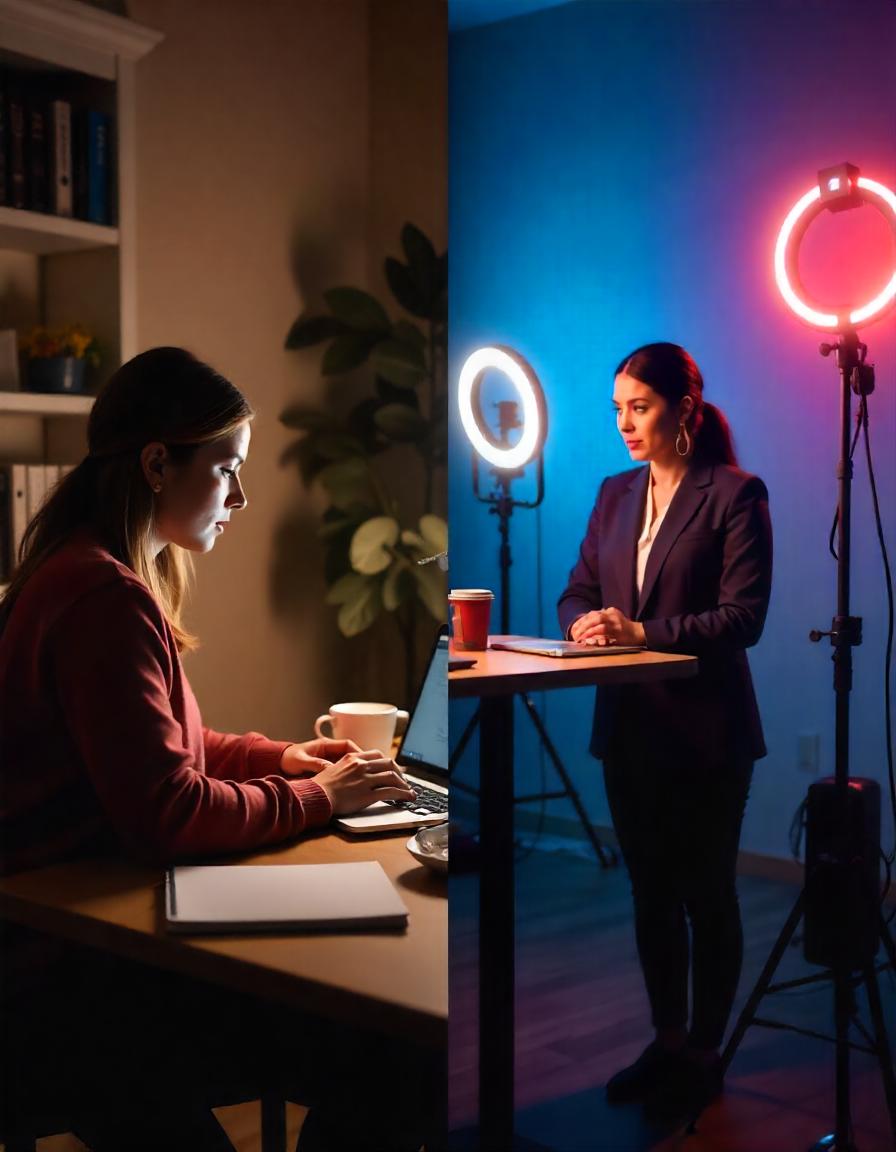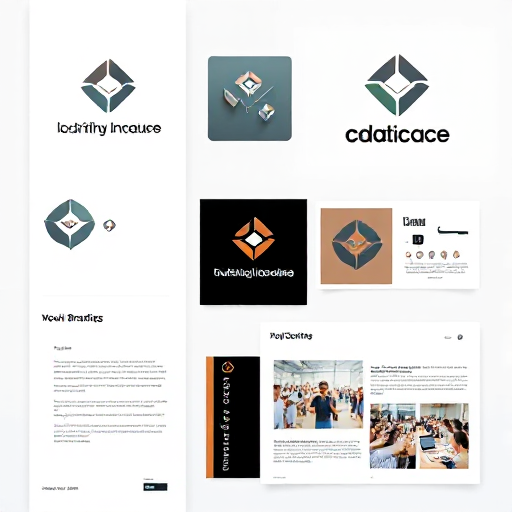Blogging vs. YouTube: Choosing The Best Platform For Your Content
With the rise of digital content platforms, creators now have many options for reaching audiences, with blogging and YouTube among the most popular. Both platforms allow for personal expression, sharing knowledge, and even monetization. However, the approaches, audience engagement, and skills required for each differ significantly. Here’s a breakdown to help you decide which platform might be the best fit for your content goals.
Find Out How To Make Money As A Full-Time Writer/Blogger Guide
1. Content Format and Style
Blogging:
Blogging is primarily a text-driven format, where creators share information through articles. While visuals like images, infographics, and embedded videos can enhance blog posts, the primary focus is on writing. Blogs often provide detailed, in-depth insights, making them ideal for guides, tutorials, and written storytelling.
YouTube:
YouTube focuses on video content, allowing creators to present information visually and audibly. Videos are ideal for dynamic, real-time explanations, and they offer an engaging way to connect with audiences. Content on YouTube can range from educational tutorials and product reviews to vlogs and entertainment, providing more variety in terms of presentation.
2. Audience Engagement
Blogging:
Blogs tend to attract readers who prefer detailed, text-based information. Engagement usually happens through comments at the end of posts, email subscriptions, and social media shares. While this creates a valuable readership, the engagement is often slower and less direct than on video platforms.
YouTube:
YouTube viewers experience content in a more interactive and visual way, which can create a deeper connection with the creator. Viewers can comment, like, and share videos instantly, and YouTube’s algorithm promotes recommended videos to users, increasing potential visibility and engagement. YouTube also offers live-streaming, which allows for real-time interaction with viewers.
Find Out How To Make Money As A Full-Time Writer/Blogger Guide
3. Monetization Options
Blogging:
Blogging offers various monetization routes, including affiliate marketing, sponsored content, display ads, and even product sales. Many bloggers use SEO to drive organic traffic, which can provide steady, passive income over time if the content ranks well. Monetization is often based on site traffic, reader loyalty, and SEO strategy.
YouTube:
YouTube creators have access to monetization through ad revenue, paid channel memberships, super chats (during live streams), and sponsorships. YouTube’s Partner Program allows channels with over 1,000 subscribers and 4,000 watch hours to earn ad revenue. Additionally, creators can leverage affiliate marketing and promote their own products or services.
4. Time and Effort Required
Blogging:
Writing blog posts can take time, depending on the depth and length of the content, but it generally requires fewer technical resources than creating videos. Once a blog is published, it can generate traffic over time with minimal upkeep, as long as it remains relevant and optimized for search engines.
YouTube:
YouTube video production can be more time-consuming due to filming, editing, and post-production work. Videos often require additional equipment, such as cameras, lighting, and editing software. However, well-made videos can achieve high engagement and can continue to attract views over time.
5. SEO and Discoverability
Blogging:
SEO is essential in blogging to ensure that content ranks on search engines like Google. Bloggers optimize posts with keywords, backlinks, and metadata, aiming to appear on the first page of search results for relevant topics. High-ranking blogs can attract consistent traffic, making SEO a crucial element in blogging success.
YouTube:
YouTube also relies on SEO but with a different focus. Video titles, descriptions, tags, and thumbnails all play a role in how YouTube’s algorithm ranks and recommends videos. YouTube’s suggested videos feature helps creators gain visibility, especially for videos with high engagement and watch time.
6. Skill Requirements
Blogging:
Blogging requires strong writing skills, a clear voice, and a solid understanding of SEO. Content creators who enjoy crafting well-thought-out written pieces often find blogging a good fit. Additionally, some basic graphic design skills can be useful for creating featured images and other visuals.
YouTube:
Creating for YouTube requires a mix of skills, including on-camera presence, video production, and editing. Vloggers need to be comfortable speaking in front of the camera and presenting information in a visually engaging way. Video editing, audio management, and sometimes even graphic design are necessary skills for successful YouTube creators.
7. Long-term Growth and Sustainability
Blogging:
Blogs can generate passive income and attract steady traffic over time, especially if posts are evergreen (content that remains relevant for years). Well-optimized blog posts can provide a stable foundation for growth, though they may require occasional updates to stay current.
YouTube:
YouTube growth relies heavily on consistent content creation. Video viewership can fluctuate, and the platform’s algorithms prioritize recent uploads, making consistent posting important for maintaining growth. However, with a large subscriber base, YouTube creators can build a sustainable audience and income over time.
Make Money in 7 Days as an Entertainment Blogger and Affiliate Marketer – The Easy Way
Both blogging and YouTube offer powerful ways to share content, connect with audiences, and earn income. Blogging is ideal for those who excel in writing and prefer a text-based format, while YouTube is perfect for creators who enjoy visual storytelling and interacting with viewers through video.
Ultimately, the decision comes down to your strengths, interests, and the type of content you want to create. Many successful creators blend both platforms, repurposing blog posts into videos or using videos as the basis for blog articles. Whatever path you choose, both blogging and YouTube offer unique opportunities to grow, engage, and make an impact in the digital world.







